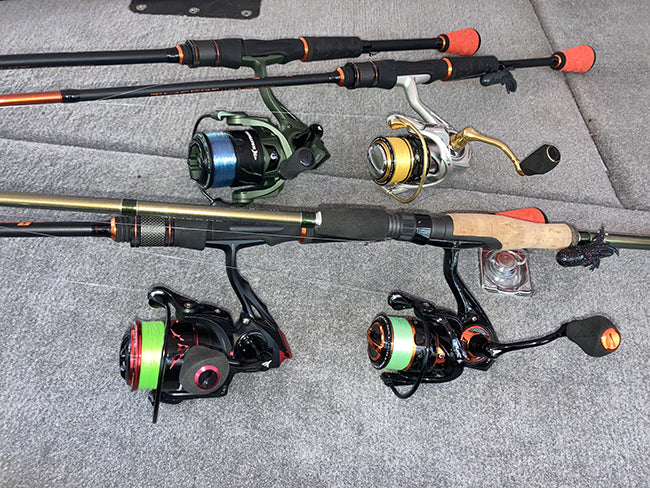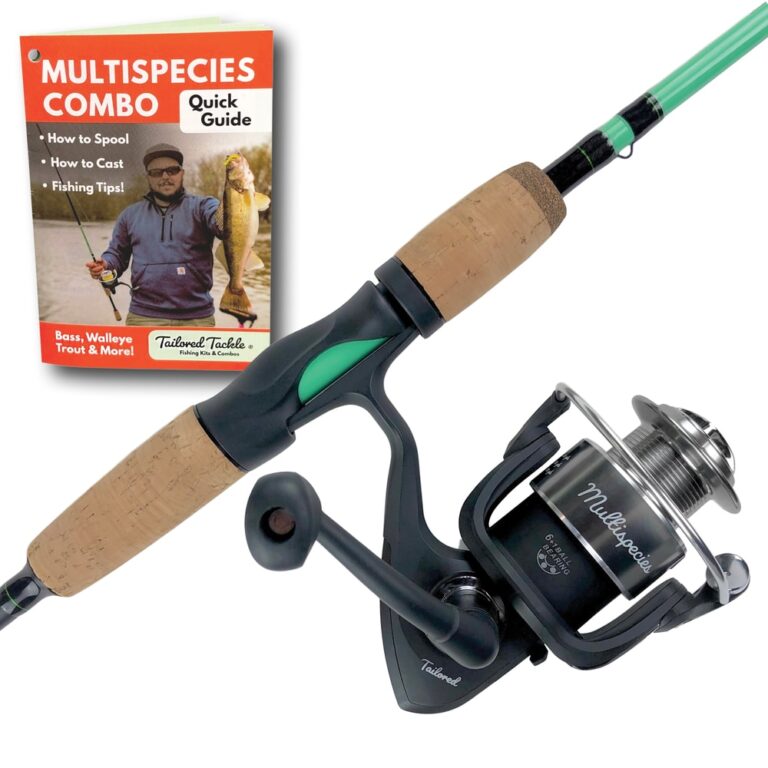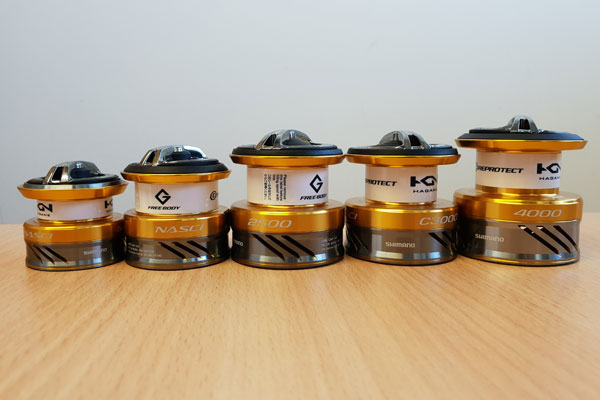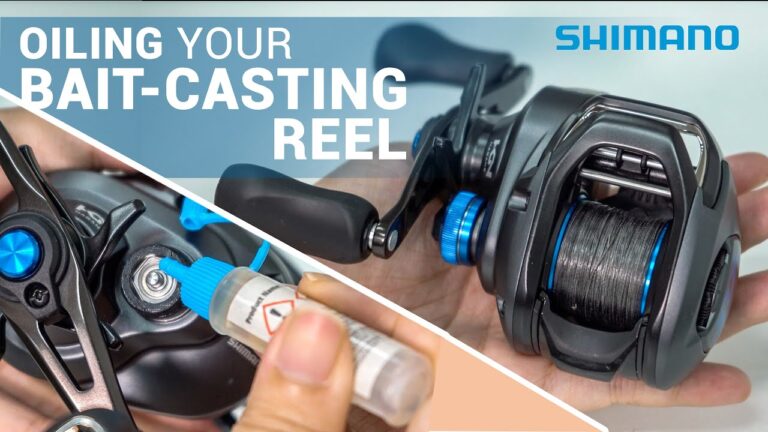How to Tie Braided Line to Baitcast Reel
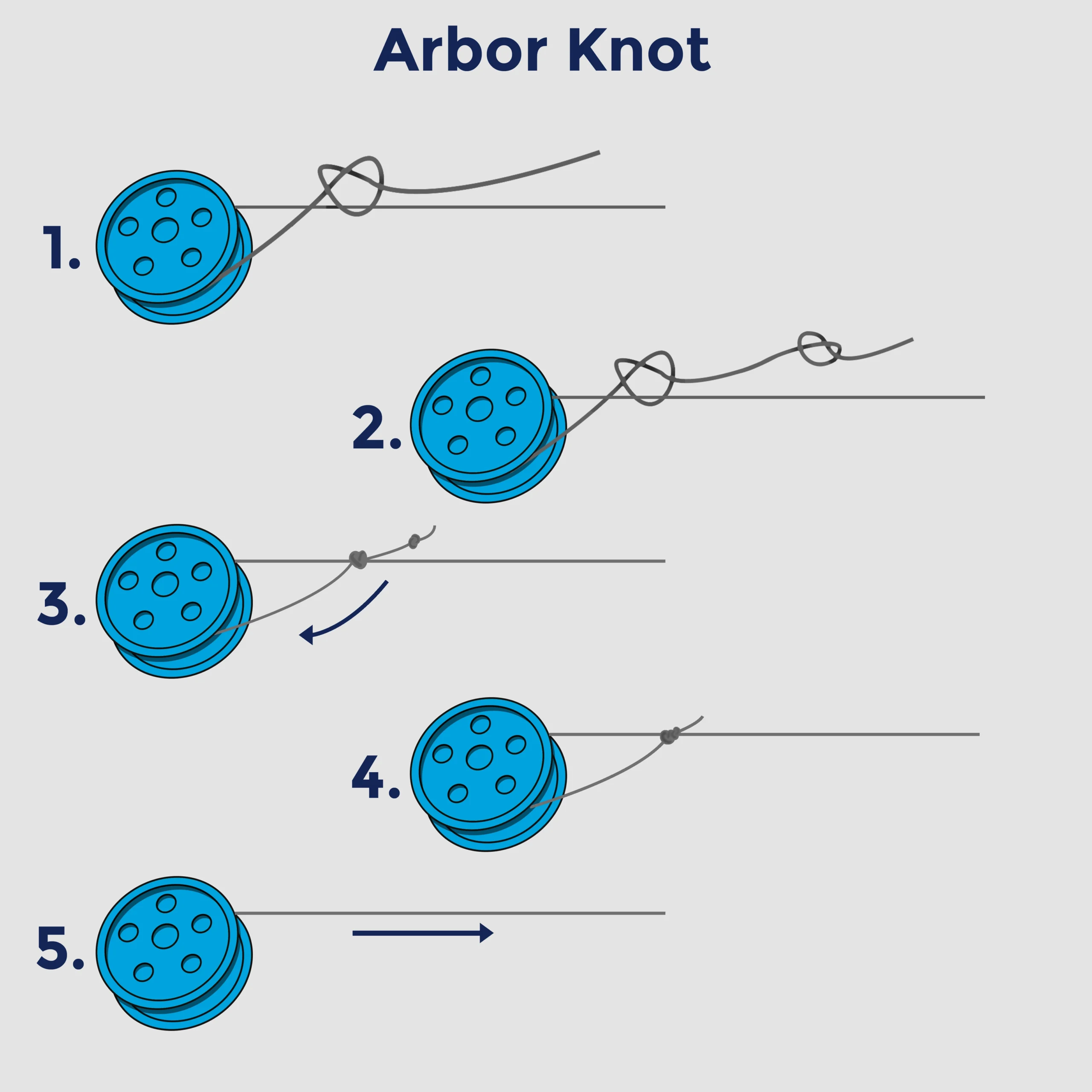
To tie braided line to a baitcast reel, first thread the line through the guides and wrap it around the spool. Secure the line with a firm knot, such as an arbor knot or a uni knot, and trim any excess.
Anglers worldwide often rely on braided lines for their superior strength and lack of stretch, qualities that enhance sensitivity and hook-setting power. Attaching braided line to a baitcast reel requires a proper knot to prevent slippage due to the line’s slick surface.
With the right technique, this process can be quick and simple, ensuring a solid start to any fishing trip. Mastery of this skill is essential, as a good connection between your braided line and reel contributes to better control and efficiency when casting and retrieving. Whether targeting bass in freshwater or pursuing saltwater species, securing your braided line correctly lays the foundation for optimal performance and successful angling experiences.
Choosing The Right Braided Line
Selecting the proper braided line is crucial for efficient fishing. Two key factors are the line strength (test) and the diameter. The line strength is measured in pounds and should match the expected fish size. Smaller numbers mean lighter lines for smaller fish; and vice versa. The diameter affects how much line you can spool. Braided lines are thinner, allowing more line on the reel.
| Fish Weight | Line Strength (Lb) | Line Diameter (mm) |
|---|---|---|
| 1-10 | 4-12 | 0.1-0.12 |
| 10-20 | 12-30 | 0.14-0.2 |
| 20+ | 30+ | 0.22+ |
A thinner diameter means more line can fit the spool. A higher strength is better for bigger, stronger fish. Always balance both factors to suit your fishing needs.

Credit: www.youtube.com
Preparing The Baitcast Reel
Preparing your baitcast reel is essential before tying braided line. Clean each part of the reel first. Use a soft cloth and reel cleaner for best results. Regular maintenance ensures smooth performance and extends reel life.
Proper adjustment of the spool tension is critical. It should be tight enough to prevent line backlash. Yet, it must be loose enough to allow for long, smooth casts. The brake system also plays a key role. Adjust brakes to manage the line’s release during casting. Match your settings to the weight of the lure for optimal control.
Knot Tying Techniques For Braided Line
The Arbor Knot secures braided line to the reel. First, wrap the line around the reel arbor. Then, tie an overhand knot around the standing part. Next, tie a second overhand knot at the line’s end.
Uni Knot is versatile for braided lines. Slide the line through the eye of the lure or hook. Double back and make 5-6 turns with the tag end around the double line. Pull the tag end through the loop near the eye. Adjust for fit by sliding the knot and trim the excess line.
The Improved Clinch Knot offers a strong connection. Pass the line through the eye and wrap 5-7 times around itself. Next, thread the line through the first loop above the eye. Then, pass the end through the large loop. Wet the line, pull tight, and trim the excess.
Connecting Braided Line To The Reel
Connecting Braided Line to the Reel is a crucial skill for anglers. Begin by Threading the Line through the rod guides down to the baitcast reel. Ensure the spool is open and ready for the line. For Securing the Knot, use an arbor knot or uni knot for best results. Loop the line around the spool, tie an overhand knot, then a second one with the tag end. Pull both ends to tighten the knot against the reel. A tight knot means no line slippage. After the knot is secure, Trimming Excess Line is vital. Leave a small tag of about 1/8 inch to prevent unraveling, but avoid excess that can cause tangles. Use sharp scissors for a clean cut, maintaining the integrity of the line.
Spooling The Line Properly
Avoiding line twists is vital to spool your baitcast reel properly. Hold the line tightly with a cloth to prevent it from twisting as it comes off the spool. Make sure the line goes onto your reel in the same direction it comes off the new spool.
When tension and spooling speed are considered, maintain a consistent, moderate tension. This will help the line lay smoothly on the baitcast reel. Slow and steady winding is key. It ensures that the line doesn’t bunch up or get too loose.
Filling the spool should be done to about 1/8 inch from the rim. This allows optimal casting distance and prevents ‘overfill’ that can lead to tangles. Use a gentle side-to-side motion to guide the line evenly as the reel fills up.

Credit: www.youtube.com
Tips For Efficient Casting
Tying braided line to a baitcast reel requires patience. First, ensure the cast control is correctly adjusted. This helps prevent line tangles while casting. Turn the control knob until you feel slight resistance when pulling the line.
- Practice casting techniques in an open area.
- Start slow and focus on smooth motions.
- Gradually increase casting distance and speed.
For backlashes, stay calm. Slowly pull the line out until the snarl loosens. Gently pick at the loops with a small tool if needed. Regular practice and proper control settings will reduce backlashes over time.
Maintaining The Line And Reel
For a long-lasting baitcast reel, regular upkeep is essential. Regular cleaning removes dirt and grime. Use a soft, damp cloth to wipe down the reel after every fishing trip. This keeps your gear functioning smoothly.
Storing the reel correctly is also critical. Always place the reel in a cool, dry area. It’s best to hang the reel upright or lay it flat on a padded surface—this prevents line memory and damage.
Finally, checking for wear and tear ensures reliability. Examine the line for frays and the reel for any cracks or wear. Replace worn parts immediately to avoid in-water failures and to maintain top performance.

Credit: www.youtube.com
Frequently Asked Questions Of How To Tie Braided Line To Baitcast Reel
What Is The Best Knot For Braided Line On A Baitcaster?
The Palomar knot is highly recommended for securing braided line to a baitcaster due to its simple structure and strong hold.
How Do You Put Braided Line On A Baitcaster?
Thread the braided line through the baitcaster’s guides. Tie it to the spool with an arbor knot. Apply tension and wind the line evenly across the spool. Fill the spool to about 1/8 inch from the edge. Trim excess line and secure it to your bait or lure.
How Do You Tie A Braided Line To A Reel?
To tie a braided line to a reel, thread the line through the rod guides. Then, wrap it around the spool and tie an arbor knot. Trim the excess line above the knot, ensuring it lies flat on the spool to prevent slipping.
Do You Need Backing For Braid On Baitcaster?
Yes, using backing for braid on a baitcaster is advisable. It prevents slippage and saves cost by not needing to fill the spool entirely with braid.
Conclusion
Mastering the art of attaching braided line to your baitcast reel is a skill that pays off on the water. By following the steps outlined, you’ll ensure a solid connection for a successful fishing experience. Keep practicing, and soon, tying braided line will feel like second nature.
Tight lines and happy casting!
